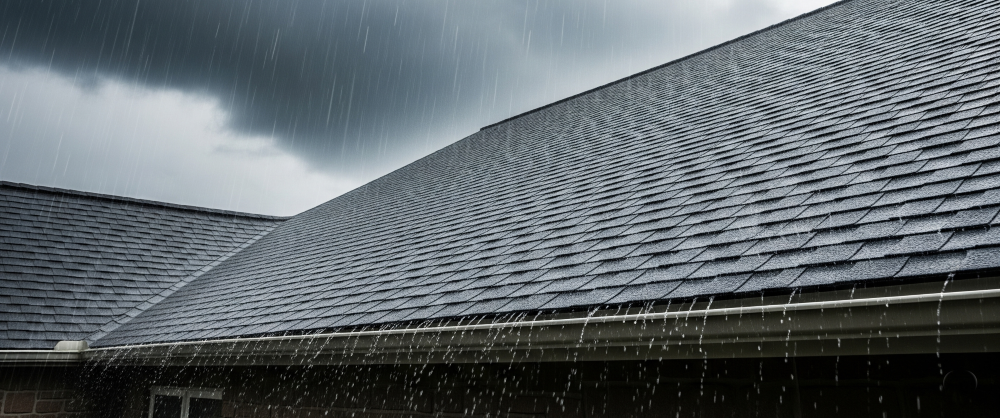
When you look at the diverse architecture of Hampton Roads, you see a story told in rooftops—from classic architectural shingles to modern standing-seam metal and timeless, historic slate. While these surfaces are beautiful, the real magic lies in the sophisticated systems beneath and within them. With the peak of hurricane season upon us, it's the perfect time to understand the hidden science and unsung heroes that protect your home, no matter what material is on your roof.
Key Insights for Every Homeowner:
The Shield: A Surface Built to Last
Every premium roof has its own unique shield against the elements.
For Asphalt Shingles: The "shield" is the layer of ceramic-coated granules. These particles block damaging UV radiation that ages the asphalt, provide fire resistance, and can even inhibit algae growth.
For Metal Roofs: The shield is the high-performance factory finish. Quality metal roofing uses advanced PVDF coatings (like Kynar 500®) that are chemically engineered to resist fading, chalking, and corrosion for decades, keeping your roof's color vibrant and the metal protected.
For Slate Roofs: The shield is the stone itself. Slate is a dense, metamorphic rock forged by nature. Its geological composition makes it naturally impervious to UV rays, fire, and moisture, which is why a properly installed slate roof can last for over a century.
The Unseen Protector: The Underlayment
Beneath every type of roofing material lies a critical secondary barrier: the underlayment (diagram: roof deck protection). This is your roof's hidden raincoat. While shingles, metal, and slate are designed to shed water, no system is perfectly sealed from extreme driving rain. A high-quality, modern synthetic underlayment provides the ultimate secondary water barrier, protecting the wooden roof deck from any moisture that might get past the primary surface during a tropical storm or hurricane. For heavy materials like slate, it provides essential protection during the installation process itself.
The Power of the Overlap (Headlap)
A roof isn't a single, monolithic sheet; it’s a layered system that uses gravity and a simple, brilliant concept: the overlap.
On a slate or shingle roof, this is called headlap—the portion of the tile or shingle that is covered by the course above it. This unseen overlap is precisely calculated to ensure that there is always at least a double layer of material protecting your roof deck from water infiltration.
On a metal roof, you see this in the interlocking seams of the panels. Each seam is designed to channel water down and off the roof, using overlapping metal and hidden clips to create a secure, water-shedding connection that can also accommodate the metal's natural expansion and contraction with temperature changes.
The Art of Flashing: A Master's Touch
The vast majority of roof leaks occur where the roof meets something else—a chimney, a wall, a skylight, or a valley. Flashing is the custom metalwork that seals these critical transitions. This is not one-size-fits-all; the technique for flashing a standing seam metal panel is different from that for a 100-year-old slate tile. It requires a deep understanding of how water travels and how different materials behave. Proper flashing is the true mark of a master roofer and the number one defense against leaks in vulnerable areas.
Your roof is a complex system, and its strength lies in the synergy between its visible surface and its hidden components. Understanding this science is the first step to ensuring your home is truly protected.
Our team possesses the certified expertise to inspect, repair, and install all types of roofing systems, from asphalt and metal to historic slate. We know what to look for "beyond the surface." If you want to ensure your roof is ready for whatever the rest of the season brings, contact The Roofing Company, Inc. today for a complimentary consultation tailored to your specific roof.
Tags
Subscribe to The Roofing Company's Blog
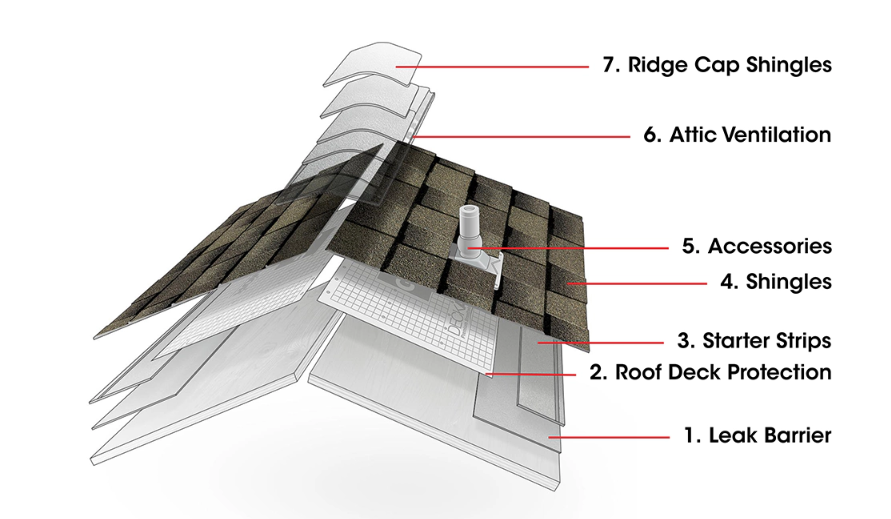
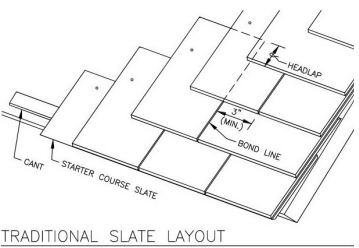
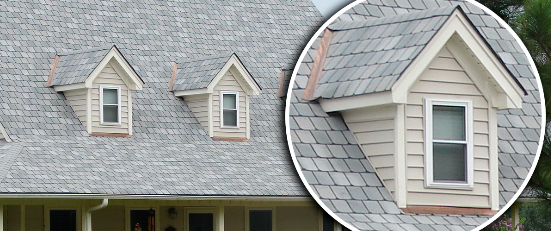






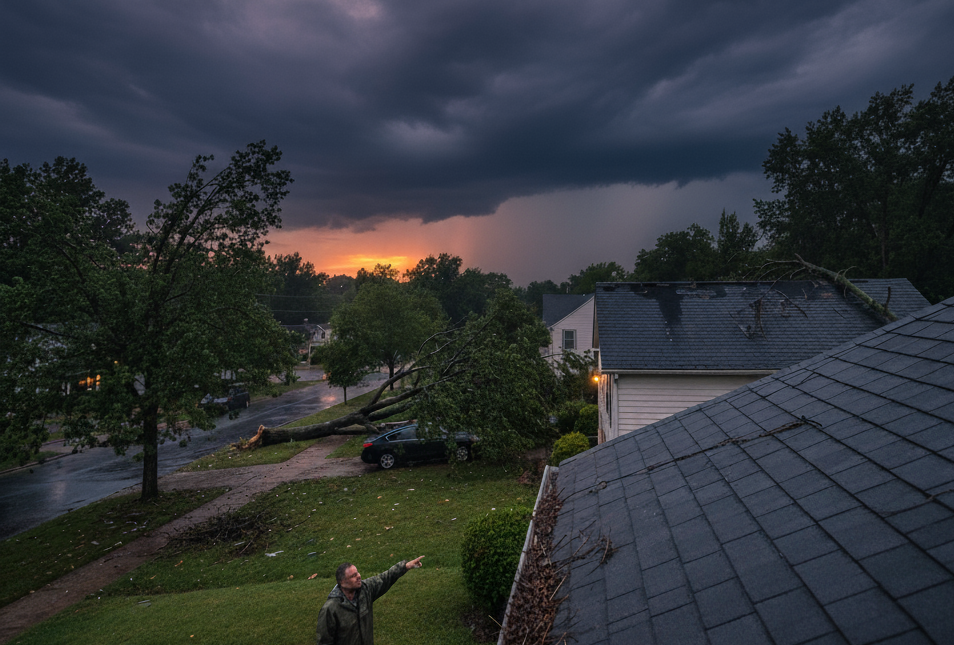
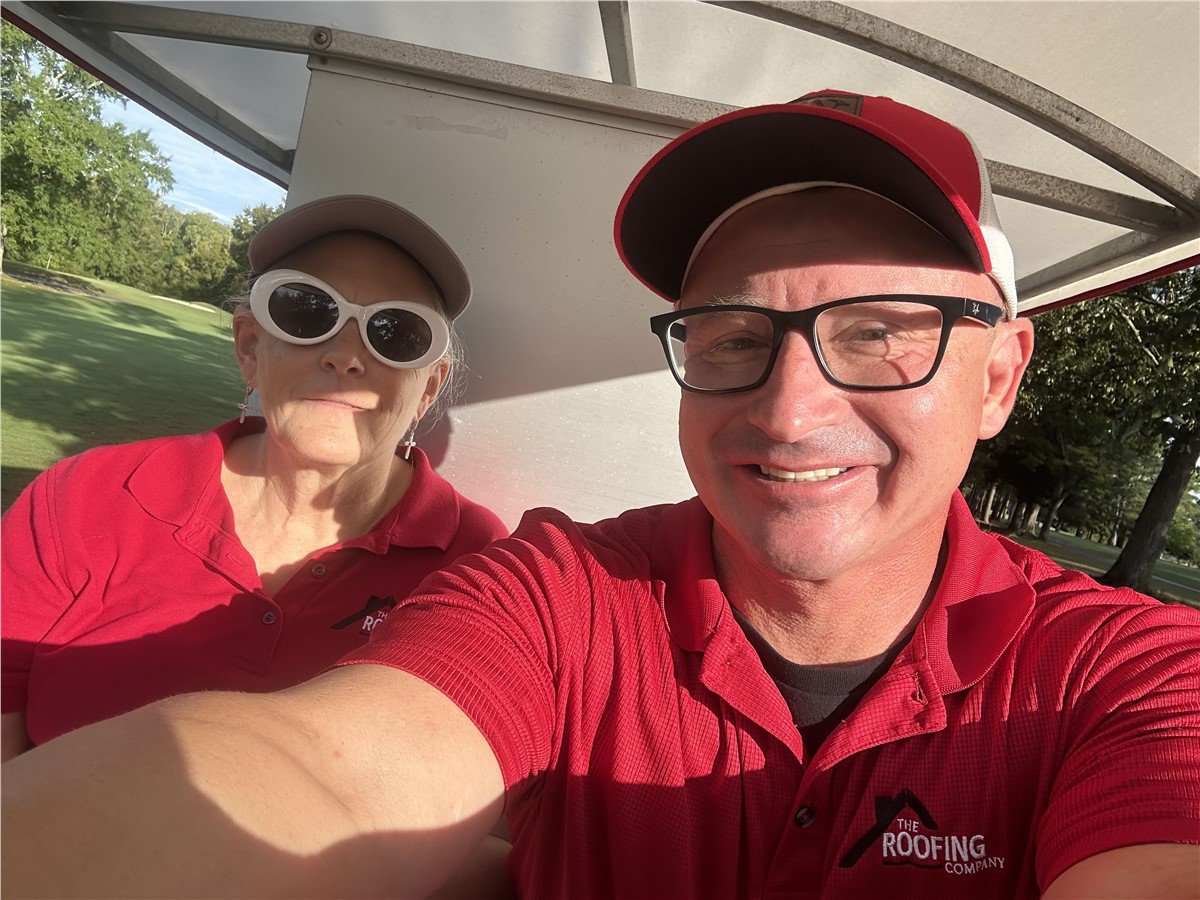


Comments